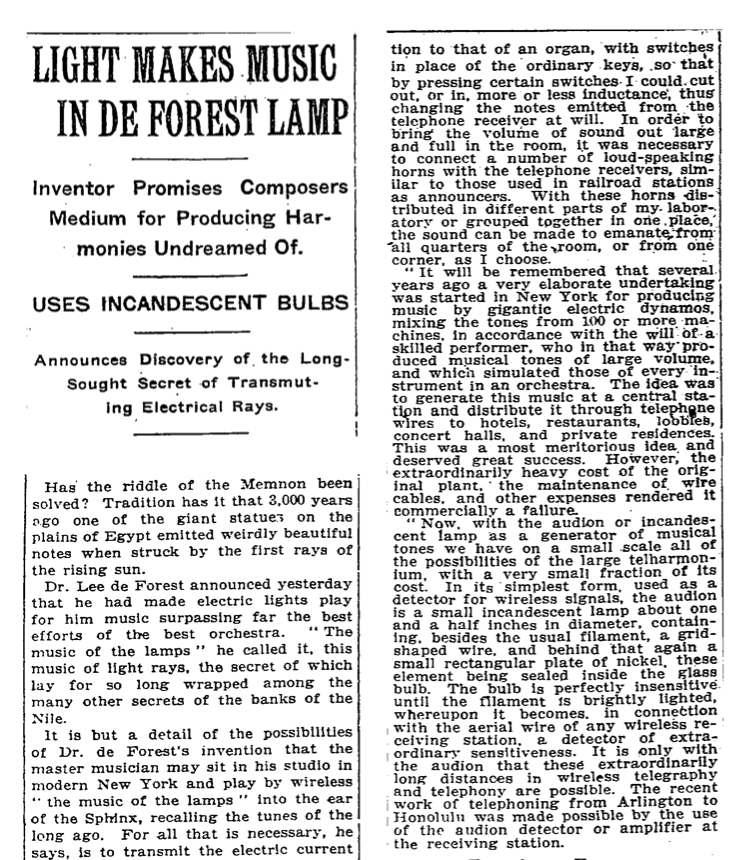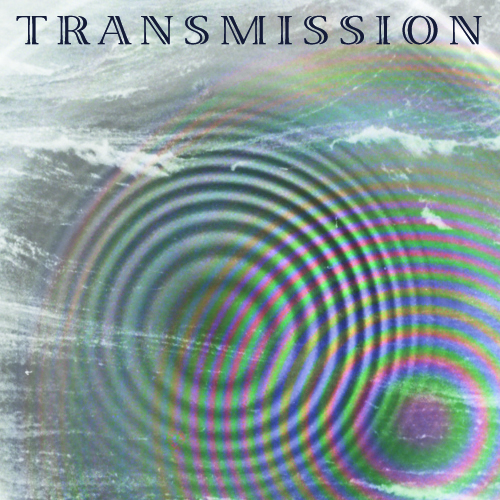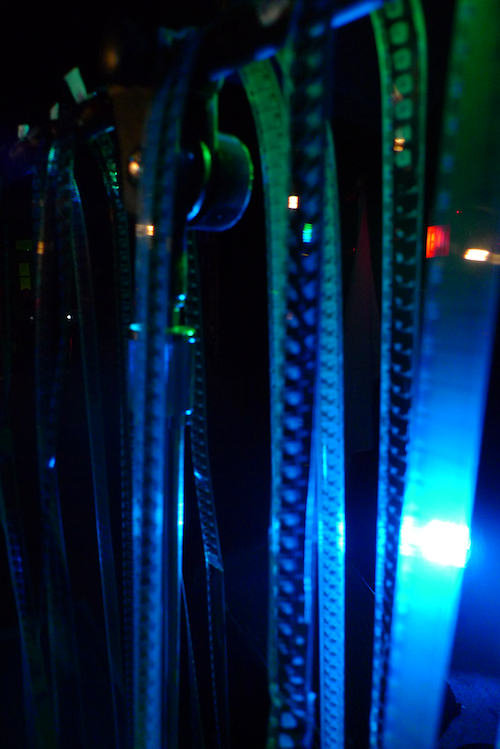On May 20, 2011, I bolted up the stairs of my favorite experimental music venue in Chicago for the premier performance of Lori Felker’s Light Makes Music. I had no idea what to expect, but I was told it would be noisy and there would be analogue film, which is about all I need to hear to get my blood pumping. With three projectors and over a dozen loops as her instruments, Lori loads and unloads films, alters the sound heads and lens focus, and shifts the projectors around on their tables to shoot light and sound throughout the venue, into the audience, along the bare walls, and sometimes through glass windows. I’ve seen the performance three times since—opening for The Fortieth Day at the Empty Bottle, or paired with 16mm screenings of The Residents’ music videos at The Hideout, or within the Dirty New Media performance night held last fall in the parking garage behind the Museum of Contemporary Art, Chicago. Each time it is different. Each time it is amazing.
Lori Felker is a filmmaker based in Chicago who teaches in the Film, Video, and New Media department at the School of the Art Institute of Chicago, where she earned her MFA in 2007. Her work has been screened at major international events: Rotterdam International Film Festival, NYFF: Views from the Avant-Garde, VideoEx, Zurich; Festival du Nouveau Cinema, Montreal; Curtas Vila do Conde Film Festival, Portugal; Wexner Center for the Arts, MassArt Film Society, MuHKA_media, Belgium; and Boston Underground Film Festival.
Following is an interview I conducted with Felker after she performed Light Makes Music at The Hideout in Chicago on January 27, 2013.

Lori Felker performing “Light Makes Music” at Empty Bottle, Chicago, November 13, 2011. Courtesy the artist.
Amelia Ishmael: I’d like to start with the most basic question: Light Makes Music—when and where and how and, even, why?
Lori Felker: The inspiration to pursue Light Makes Music bubbled up from a few sources. Around four-ish years ago I purchased Bruce McClure’s LP, after one of his projector performances [at Nightingale] here in Chicago. I was already smitten by his work but really excited by the LP because it was focusing on how great his audio output was. It’s really easy to put most of your attention on the images of films and projectors performances, allowing the sound to fall into the background, but I was growing increasingly interested in inverting that. I was turned on by the almost early German-industrial sound of McClure’s amplified sprocket holes and light, but I was also fascinated by the idea of sound and the loop. I was also finding a lot of solace in Alice Coltrane’s Journey in Satchidananda, Pharoah Sander’s Jewels of Thought, and Rahat Nusrat Fateh Ali Khan…I could so easily get lost in those spirals. And these film loops, to me, were also spiritual and electric. My ears were so pleased with the sound of light passing through celluloid, bumping into dirt and tape and emulsion on the way…I realized I also wanted to participate but to concentrate more so on the sounds, any optical sounds, handmade (scratched, drawn), but also printed, and I wanted loops to get lost in the native “noises” that a projector can make.
I’m a projectionist too, a job which has me trying to make everything sound “good” and “correct” and run “well.” But, I not-so-secretly love what it looks like when the film burns and rips in the gate, and I love the sound of the rollers not in place or a faded variable density track. I love that what you see is what you hear, that light leads to music.
So I started playing around with loops, and then mentioned it to Jon Cates, who runs the Southbridge Slow Electronics label with Jake Elliot, and he just loved the idea and thought it fit in with their aesthetic, so he encouraged me to press forward and press a record…and that all lead to the first live performance. And…of course, the record! Another circle, another carrier of dirt and scratches; the needle is light and the grooves are decorated celluloid; the loop, a locked groove.
The title “Light Makes Music” actually comes from an old article about an inventor named Dr. Lee De Forest who claimed he could turn light rays into sound.

Detail of the article “Light Makes Music In De Forest Lamp,” printed in the New York Times, October 4, 1915.
AI: What are some of the difficulties and pleasures you encounter during the project?
LF: The greatest pleasure is finding that tantalizing 4 seconds of sound on a 25-minute reel. The heartbreak comes when the loops wear out and break. I’m not interested in cutting up and ruining good or precious prints, so I tend to start with faded, brittle, abandoned things I find at estate sales, have been given for free, or literally pulled out of garbage cans. Sometimes really spectacular loops of sound shred pretty quickly and I never really get to hear them again. Losing that audio that I was immediately attracted to and compelled to pull out of the film is a bit sad, but at the same time, they’re dying in the place they were meant to be—flying through a path of light.
AI: By stepping away from using a projection screen, the entire venue becomes activated by your performances. Part of the pleasure of attending Light Makes Music is twisting and turning around to look towards new light projections and sounds, to try to see and hear it all, to follow what you are doing. You frequently stand near the performing stage, yet the performance is not on the stage but rather among the audience in a way that seems almost Brechtian. Can you tell me about this movement away from the stage?
LF: Honestly, it was practical for The Hideout so I didn’t have to share set-up space. But it felt good. I felt like I was conjuring some old school Lightning Bolt a little bit on that one. The “Hey I’m down here/back here” that pulls you, the audience, from the stage-gaze is a playful start. But also because, ultimately, the sound is what I want people to pay attention to. Taking me off of the stage and the images off of a central screen helped to “put all eyes on the sound,” so-to-speak. The sound is the winner because it’s the one thing that is everywhere in the room the entire time.
AI: Can you tell me a little about your upcoming documentary on VON LMO?
LF: Well, long story short, I was a fan, he was a mystery. I got to meet him and I offered to make a movie with/about/of/around him. Maybe it’s a documentary, maybe it’s a portrait, I’m not really sure. I’m fascinated by his conviction and his character, his place in the New York No Wave line-up of the late 1970s, but the more I’m around him the less it’s about those factual details and more about the morphing and alternate realities that he creates and surrounds himself with. I hope to be done with that project this year.





